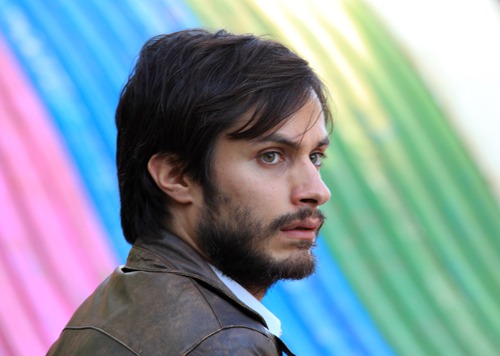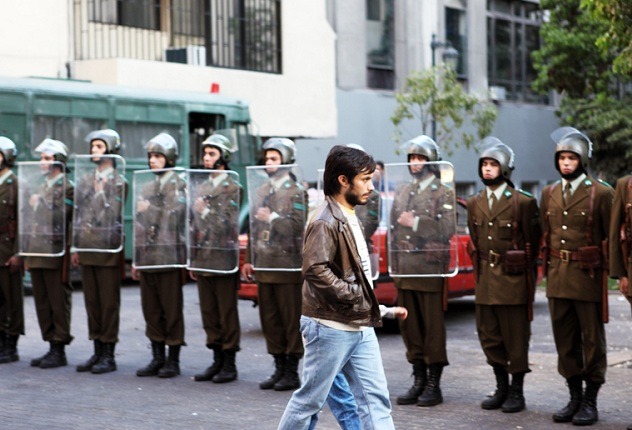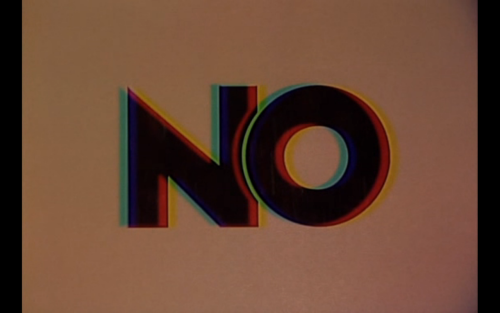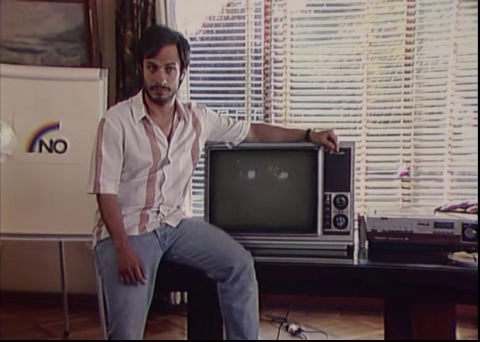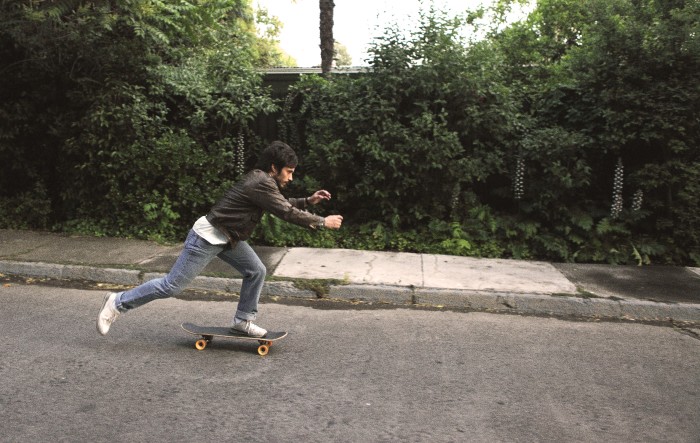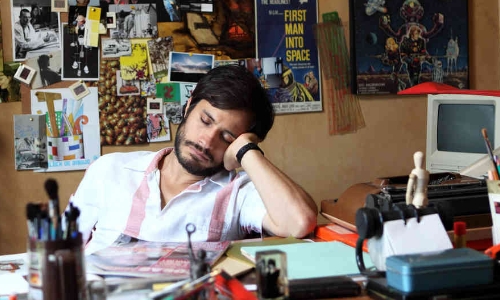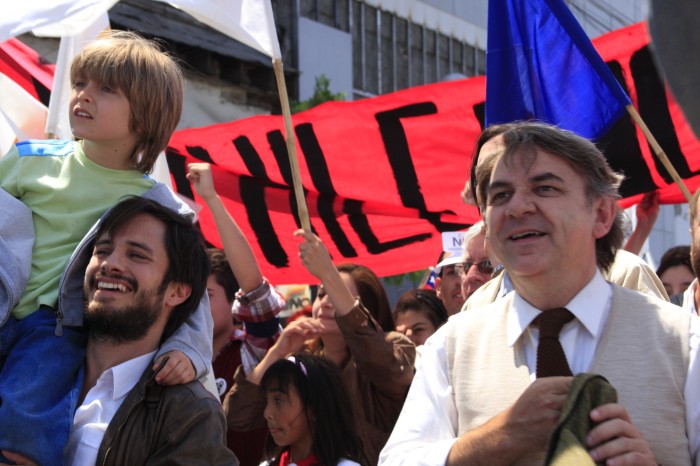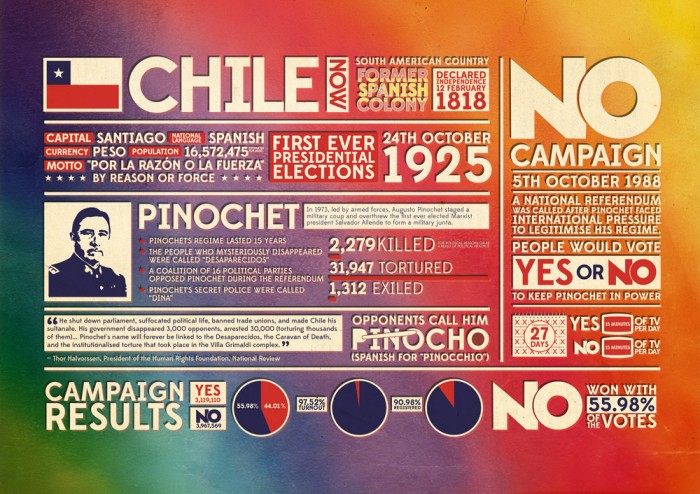Published on Seismopolite: Journal of Art and Politics (Vol. 10; May 2015)
Pablo Larraín’s No (2012) is a Janus-faced film, documentation and interpretation. The movie reconstructs the events surrounding the 1988 Chilean referendum through the perspective of René Saavedra (Gael García Bernal), an advertising executive hired to run a television campaign to end General Augusto Pinochet’s rule. By adopting outdated U-matic 3:4 video technology from the period, Larraín gives the impression that the events were recorded as they occurred. The result is what I refer to as “fictionalized documentary,” that is, a film that blends archival television documents and staged scenes that reconstruct the real events in such a way that the end result appears to be a reportage. A movie made by combining contemporary technologies with existing analogue footage from the No campaign would have resulted in an uneven style. Thus, to give his work a creative unity, Larraín produces an “ideal documentary-like footage” that reflects the visual culture at a historical turning point for his country READ MORE
Pablo Larraín’s No and the Aesthetics of Television (Seismopolite)
- Categories →
- Research
- Conferences
-
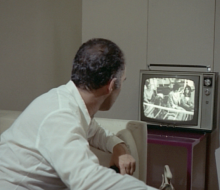
An Investigative Cinema (Book)

-
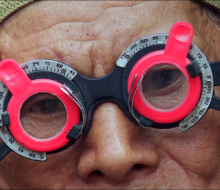
Joshua Oppenheimer’s Cold War Between Thought and Expression

-
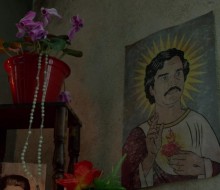
Too Strange to Believe: Magical Realism and Cold War Politics in Narcos

-

The Aesthetics of the Procedural in Post-9/11 Cinema (Cinema Journal)

-

Shifting the Present: Francesco Rosi’s Salvatore Giuliano (Chronica Mundi)

-
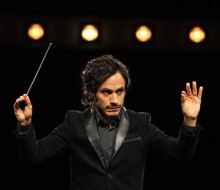
In and Out of the Jungle: The Politics of Gael García Bernal (SCMS 2016)

-
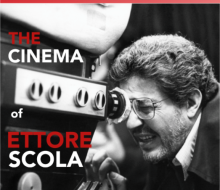
The Cinema of Ettore Scola (International Symposium at Casa Artom; Venice)

-
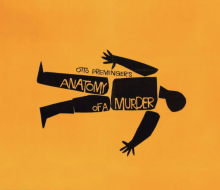
Just Imagine: Genre and the Logic of Movie Posters (Invited Talk)

-
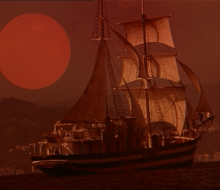
Evening Rituals: Marco Ferreri’s Dillinger is Dead (Intersections Conference; Florence)

-

Contemporary Science Fiction Cinema — Two Special Dossiers for Film Matters 8.3 & 9.1

-
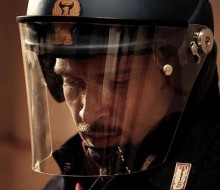
Network Narrative in Diaz. Don’t Clean Up This Blood (Harvard, ACLA 2016)

-
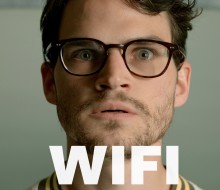
What Julian Smith Hates (and Loves) About Facebook: Social Media Parody as Self-Promotion (Comedy Studies)

-
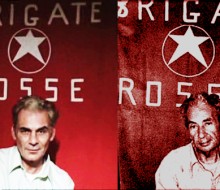
The Moro Affair in Gian Maria Volonté’s Movies (Book Chapter)

-
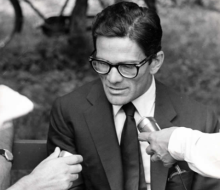
The Interview as Self-criticism: on Pasolini’s Metatelevisual and Extracinematographic Performativity (Book Chapter)

-
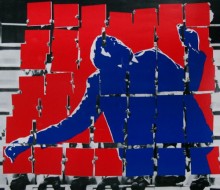
The Ontology of Replay: The Zapruder Video and American Conspiracy Films (Teorija in praksa)

-

The Missed Encounter with the Actor-Poet: Carmelo Bene and Vittorio Bodini According to Ruggero Jacobbi (California Italian Studies)

-

One Hundred Steps & the Neorealist Heritage (Book Chapter)

-

Even the Rain: A Confluence of Cinematic and Historical Temporalities (The Arizona Journal of Hispanic Cultural Studies)

-
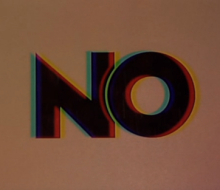
Pablo Larraín’s No and the Aesthetics of Television (Seismopolite)

-

Saviano, Garrone, Gomorrah: Neorealism and Noir in the Land of the Camorra (Fast Capitalism)

-

Conferences

-
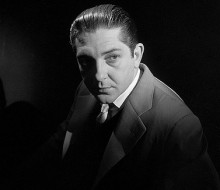
Theater According to Ruggero Jacobbi

-
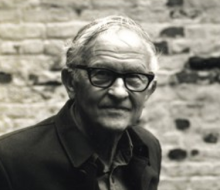
A Conversation with Albert Maysles

-
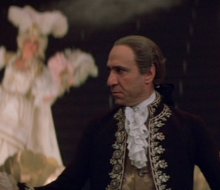
Rock me Amadeus: The Mozart-Salieri Conflict in Drama & Film

-

A Certain Absence in French Cinema

-

Cinemablography: Laughter as a Menacing Motif in Paul Thomas Anderson’s The Master

-

Cinemablography | A Legacy Intertwined: Christopher Nolan and his Dark Knight

-

Cinemablography | Hugo: Nostalgia for the Origins of Cinema

-
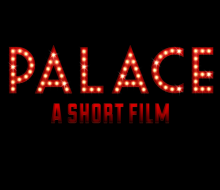
Palace, A Short Film

-

Dragoon Online

-

Pioneering YouTube

-

Genetic Ancestry Project

-
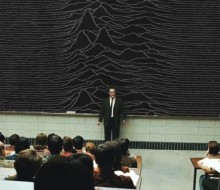
Teaching

-

Science Fiction Cinema

-

Short Story from Borges to HTML

-
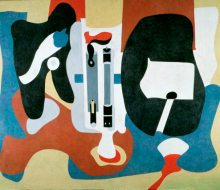
Eremo Zafer (Poetry)

-
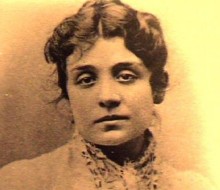
Adagio Domestico (Crocetti Editore)

-
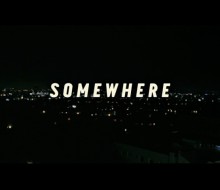
Somewhere Else (Poetry Book)

-
Clients


